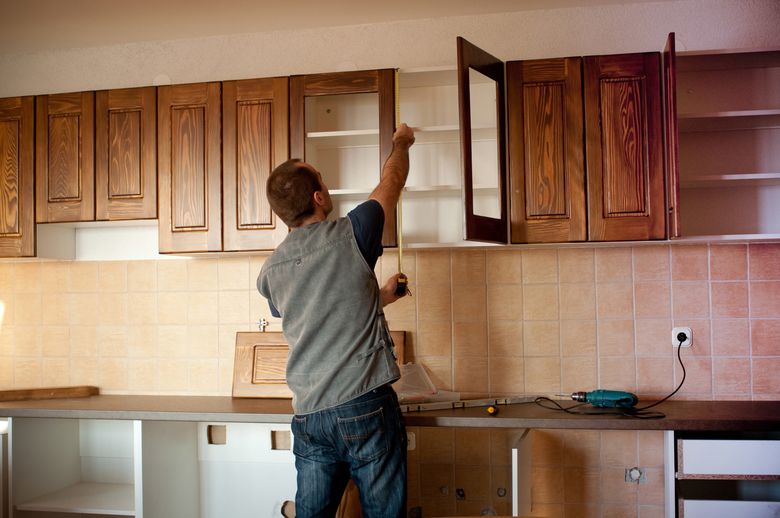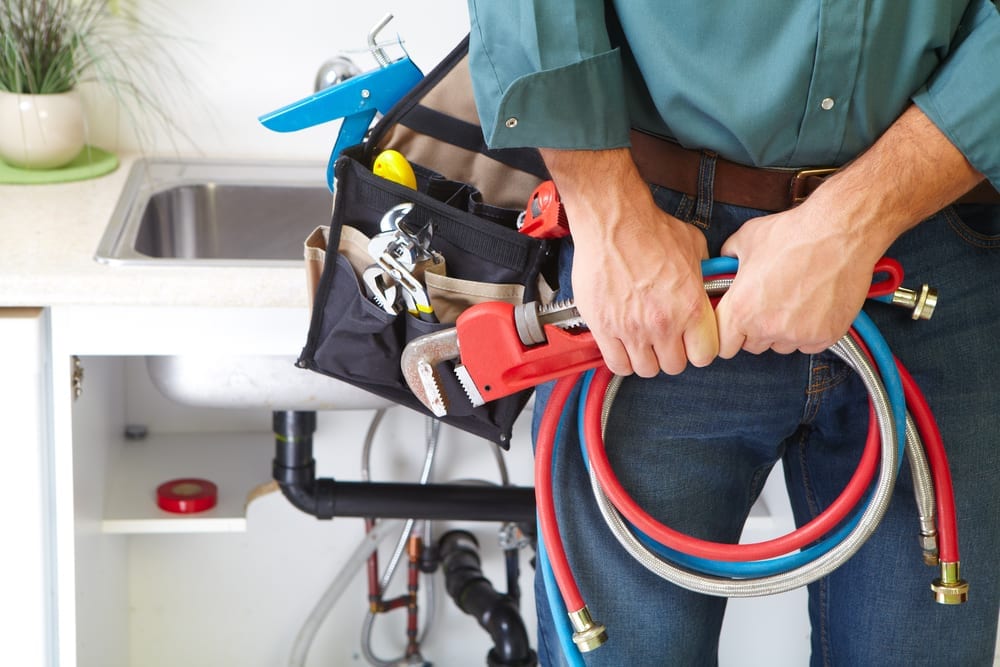A of Plumbing: Developments and Advancements Coming Soon
A of Plumbing: Developments and Advancements Coming Soon
Blog Article
The article listed below involving 7 Plumbing Industry Trends You Need To Know is indeed attention-grabbing. Read it for yourself and see what you think of it.

Intro
The plumbing industry is going through a transformative stage driven by technical innovations and growing problems for sustainability and efficiency. This write-up checks out arising fads and technologies forming the future of pipes.
Regulative Landscape
Regulative frameworks play a vital duty fit the adoption of pipes innovations, with requirements and codes controling everything from water effectiveness to product safety. As technologies remain to develop, governing bodies need to adjust to guarantee customer protection and ecological stewardship.
Future Expectation
The future of plumbing is identified by proceeded development and assimilation with other industries such as IoT, renewable resource, and building automation. By embracing lasting practices, leveraging arising modern technologies, and prioritizing user-centric style, the plumbing market is poised to address the progressing demands of society while minimizing its environmental impact.
Augmented Fact in Plumbing
Enhanced Fact (AR) innovation is transforming pipes by providing service technicians with real-time aesthetic guidance for fixing and repair service jobs. AR-enabled smart glasses or mobile applications overlay electronic info onto the physical atmosphere, aiding plumbing technicians picture pipeline formats, identify surprise leakages, and carry out fixings with accuracy.
Effect of 3D Printing
The arrival of 3D printing has actually presented brand-new opportunities in making pipes elements. From custom-designed fixtures to elaborate pipeline fittings, 3D printing allows for quick prototyping and on-demand production, decreasing lead times and enabling greater customization in plumbing design.
Health and Safety Qualities
In feedback to enhanced problems for health and safety, pipes components are integrating functions such as antimicrobial surfaces, touchless procedure, and self-cleaning devices. These advancements not just improve health but likewise advertise user convenience and ease.
Hygiene-focused Components
Touchless faucets, self-sanitizing toilets, and antimicrobial surfaces are coming to be progressively widespread in residential and industrial settings, decreasing the risk of germ transmission and promoting a cleaner, healthier setting.
Water Top Quality Surveillance
Advancements in water top quality tracking innovations allow homeowners to keep an eye on the pureness and safety and security of their water system in real-time. Smart water quality sensors can discover contaminants, pH levels, and temperature level variants, empowering customers to take aggressive measures to guarantee water safety and security.
Remote Pipes Services
Remote diagnostics and digital assistance are reinventing the means plumbing services are delivered. Via video clip conferencing and remote gain access to innovations, plumbings can fix issues, provide support for DIY repair services, and also perform remote evaluations, using greater ease of access and benefit to property owners.
Challenges and Opportunities
While pipes innovations hold immense promise, they likewise present challenges such as data personal privacy issues, regulative conformity, and the demand for labor force training. Resolving these difficulties requires partnership between sector stakeholders and regulative bodies to make certain risk-free and accountable implementation of new modern technologies.
Smart Plumbing Equipments
Including clever technology into plumbing systems makes it possible for remote tracking, leak discovery, and automated upkeep. Smart sensors and IoT (Net of Points) gadgets allow homeowners and plumbing professionals to keep an eye on water usage and find issues in real-time, causing much more efficient source management and proactive upkeep.
Water Performance Solutions
With increasing focus on water conservation, cutting-edge solutions are being created to minimize water waste in pipes systems. High-efficiency components, greywater recycling systems, and smart irrigation controllers are among the technologies helping consumers reduce their water impact while maintaining comfort and convenience.
Sustainable Materials
The change in the direction of sustainability encompasses plumbing materials, with an expanding preference for green options. Eco-friendly piping products, such as PEX (cross-linked polyethylene) and HDPE (high-density polyethylene), offer longevity and resistance to corrosion without endangering ecological honesty.
Predictive Maintenance
Anticipating maintenance strategies leverage information analytics and machine learning formulas to expect and stop plumbing issues before they occur. By evaluating historic data and efficiency metrics, anticipating maintenance algorithms can determine patterns and abnormalities, making it possible for aggressive interventions to stay clear of pricey repairs and disruptions.
Conclusion
To conclude, the future of plumbing is defined by a merging of modern technology, sustainability, and user-centric layout. By embracing clever solutions, lasting products, and positive maintenance techniques, the pipes industry can enhance effectiveness, promote safety, and contribute to a much more sustainable future.
Plumbing Industry Trends You Need To Know
Smart technology in plumbing
Homeowners want to be able to manage their homes from their phones. The technology exists to make that happen. From smart toilets to leak detector devices, the whole plumbing system can be managed on an interconnected network made up of sensors, IoT devices, and machine learning algorithms.
This allows for wireless control to turn appliances on and off, automate routines, and access advanced monitoring to track water usage and flag potential issues. Smart technology streamlines water consumption, maintenance and energy usage, creating a more efficient system.
Green plumbing
The data analysis possible with smart technology not only improves convenience and cost-effectiveness but also fulfills a high-priority customer desire – sustainability. Consumers are very aware of their impact on the planet and want plumbing solutions to reduce damage and support sustainability. Eco-friendly plumbing solutions are already starting to emerge.
Customers can opt for low-flow toilets, water-saving faucets, and connections to sustainable energy sources. Beyond monitoring water consumption, customers can conserve water through the installation of greywater systems. This is a system that collects water that has been used but is still clean enough for some household uses such as toilet flushing.
Shorter product pipeline
To keep up with modern plumbing, plumbers need modern tools that enable them to complete jobs more efficiently. One technology making strides in this area is 3D printing. By 3D printing key plumbing fixtures, plumbers can reduce wait times even for specialized fixtures. It minimizes delays often seen in traditional manufacturing that frustrate customers and prevent plumbers from taking on more work.
Off-site repairs
Augmented reality is making a splash in many industries including plumbing. Plumbers can map a building online so they can explore the plumbing system through augmented reality, identifying areas of maintenance and repair completely digitally. This technology can be applied quite widely in plumbers’ work including planning installations and training new recruits. It’s safer, smarter and more efficient.
Low-footprint materials
Another way for plumbing companies to reduce their environmental footprint and meet the customer demand for sustainability is by using recycled materials in their work. The products they source and manufacture such as pipes, fixtures and faucets can be made from recycled materials. This saves the planet while being just as effective.
Onsite water purification
Additionally, plumbing companies can be advocates of water conservation and ease the financial and environmental concerns of customers by offering water purification systems. New water purification technology such as reverse osmosis systems and UV systems make it possible for homeowners and business owners to thoroughly cleanse water, removing contaminants onsite. This means the water can be safely reused in more ways than greywater can be, establishing a water recycling loop.
Tankless water heaters
Another innovation of modern plumbing is tankless water heaters. The idea is that the water is heated on demand as it runs through the system instead of being heated in a water tank. This is more energy efficient and therefore cost-effective and eco-friendly because water isn’t heated needlessly.

Do you appreciate reading up on ? Place a remark below. We'd be glad to listen to your thinking about this posting. In hopes to see you back again later on. Don't hesitate to take a moment to distribute this blog if you enjoyed reading it. Thank you so much for taking the time to read it.
Book Services Report this page